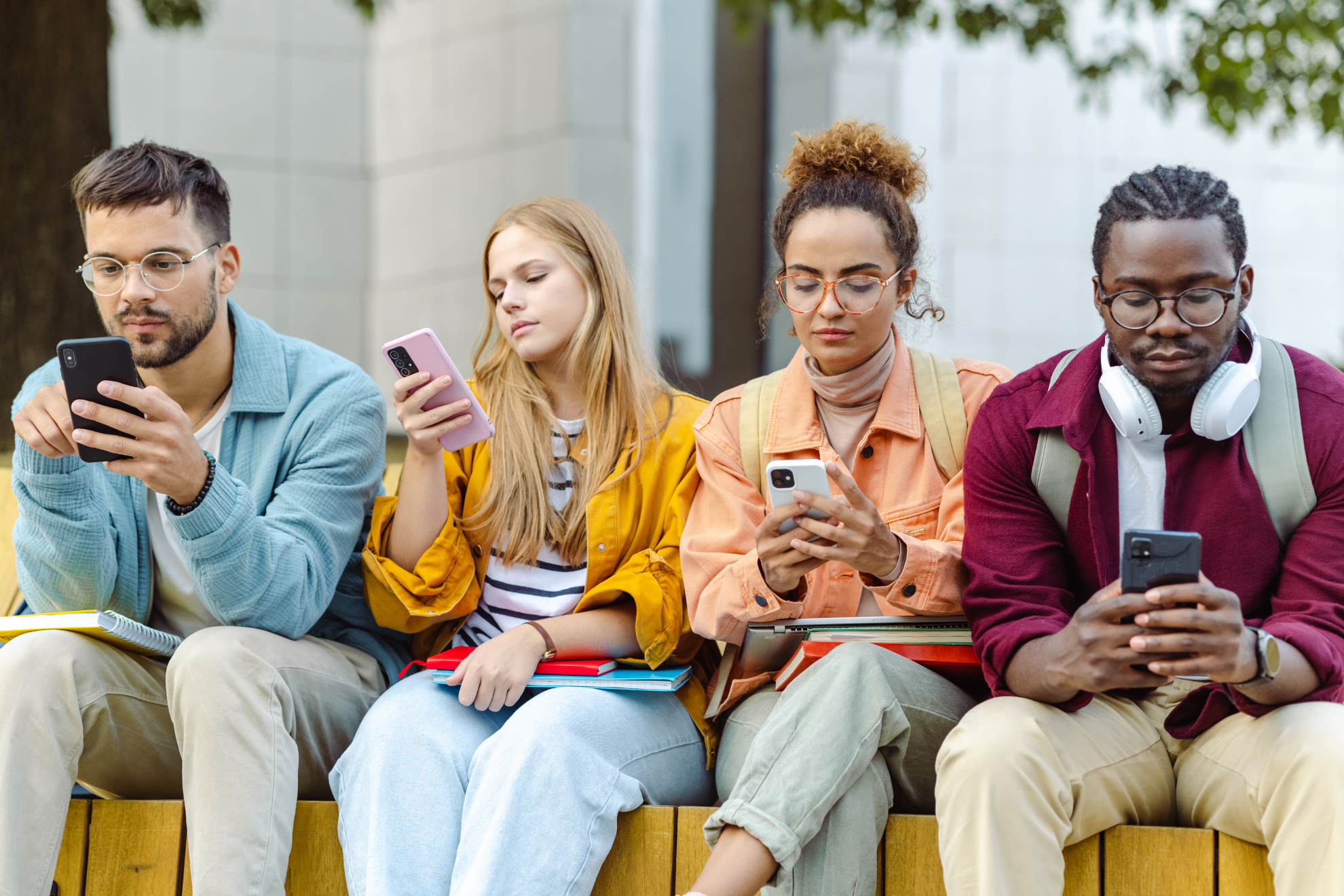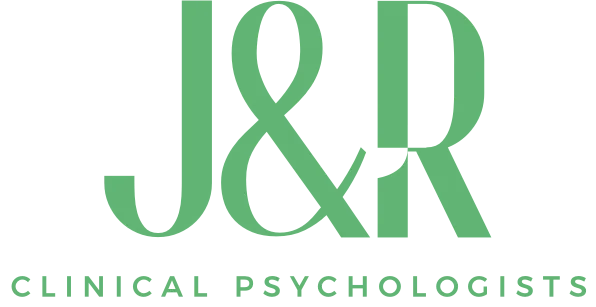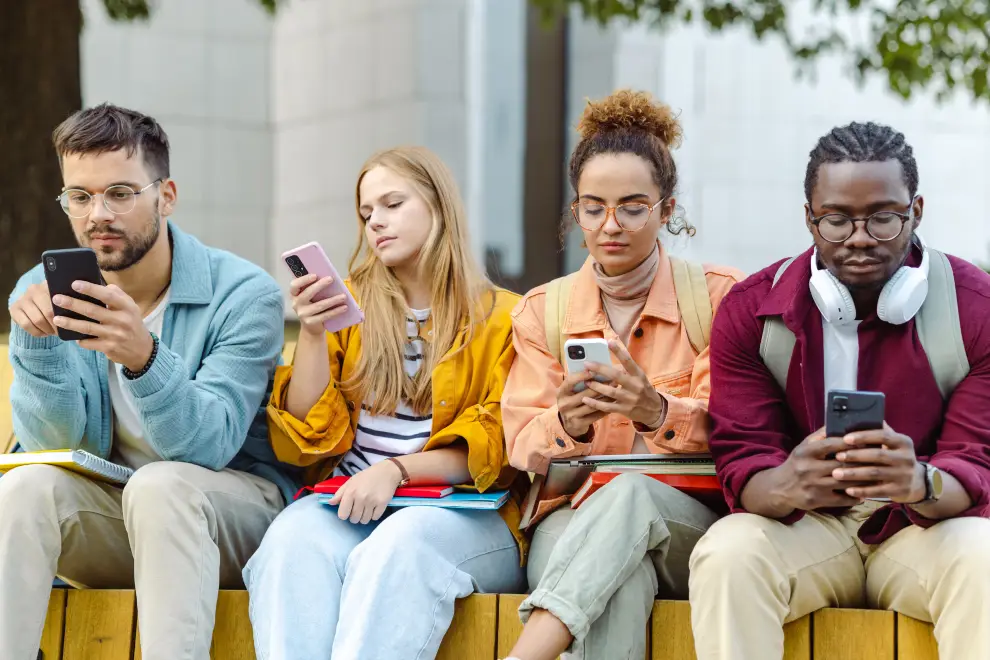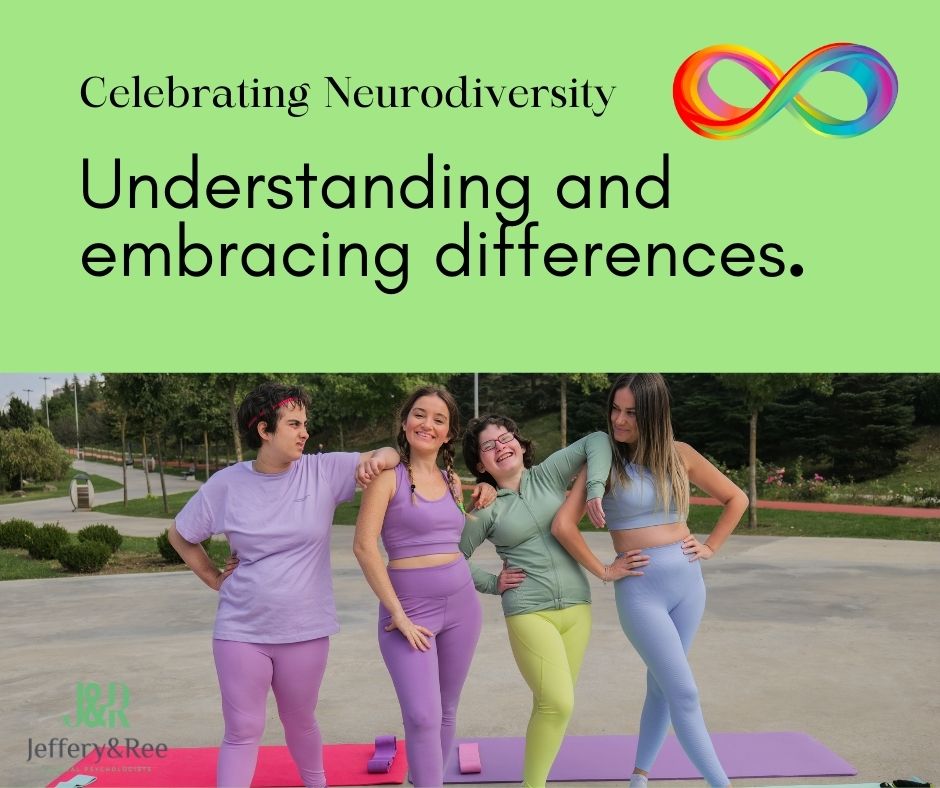
Social media isn’t all good, or all bad, for our mental health. Most of us jump online to connect, learn, or just switch off for a while – and that can be really helpful. But if you find yourself comparing your life to someone else’s highlight reel, scrolling late at night instead of sleeping, feeling anxious or left out as you scroll, or feeling “hooked” on checking your feed, you’ll know it can also take a toll.
Research shows the balance is tricky. ReachOut’s Harnessing the Feed study found that 72% of young Australians (aged 16–25) actively seek coping advice through social media, while 65% connect with others who’ve had similar mental health experiences¹. These can be powerful positives. But problematic use (fuelled by comparison, the chase for likes, cyberbullying or exposure to harmful or misleading content) is linked with anxiety, low self-esteem, and feeling overwhelmed, especially among teens and young adults².
How Social Media Affects Young Australians
A Mission Australia survey of over 17,000 teens found that moderate daily use (1-3 hours) of social media was associated with better mental health outcomes – more participation in sport, social activities, and positive connections³. But too much time online tells a different story. Teens spending more than 3 hours a day reported feeling negative about the future, out of control, and lonely – often driven by FOMO (fear of missing out).
And it’s not just about the time. You might be surprised to learn that even short bursts of scrolling can leave the brain buzzing. A recent study by Dr Alexandra Gaillard of Swinburne University showed that brief use can reduce cognitive alertness and emotional regulation⁴, which might explain why you feel restless or flat after “just a quick scroll.” The impact of social media on alertness is one of the reasons that scrolling before bed can be bad news for sleep.
The Positive Impact of Social Media
We know that social media can be a real lifeline for many. When used with purpose, it can:
- Build social connections, especially for those in rural or remote areas.
- Provide mental health resources, linking you to helplines, self-care strategies and education.
- Create a sense of community for people with shared experiences.
- Encourage activism and purpose, letting young people to engage with causes they care about.
- Boost learning and creativity, from sharing hobbies to discovering new interests.
The challenge is making sure the positives outweigh the negatives, and that usage is intentional, not mindless.
The Dopamine Burnout Effect
Social media stimulates the brain’s reward system. Every ‘like’, notification, or new post triggers a small release of dopamine – the “feel good” chemical linked with motivation and pleasure. Over time, this regular (over)stimulation can lead to what clinicians call dopamine burnout: a state where everyday pleasant activities (like reading, walking, or having a conversation) feel less enjoyable because they can’t compete with the fast hits of digital reward7.
These dopamine spikes aren’t inherently harmful; dopamine helps us feel motivated to eat, connect with others, or achieve goals. But when rewards come in rapid, strong, unpredictable bursts – such as from scrolling – the brain can become conditioned to crave that next “hit.”
Over time, this constant stimulation can contribute to what psychologists call dopamine burnout7. Essentially, the reward system becomes overstimulated and less sensitive, making everyday activities like reading, walking, or even spending time with friends feel less pleasurable in comparison. People often describe it as feeling flat, unmotivated, or unable to enjoy slower, more meaningful activities. The brain starts to expect the quick dopamine rush that social media provides, and when it doesn’t get it, you can feel restless, bored, or dissatisfied.
Dopamine is vital for healthy functioning. The issue lies in the imbalance created by chasing frequent, high-intensity rewards. The good news is that the brain is flexible. Taking breaks from overstimulating digital stimuli, reintroducing natural sources of dopamine (like exercise, time in nature, human connection, or creative activities), and practising intentional use of social media can help reset the system. Over time, this allows the brain to “recalibrate” so everyday activities regain their shine.
Red Flags to Watch For
It’s easy for social media use to creep up on us. What starts as a quick check can turn into hours of scrolling – and sometimes it feels hard to switch off. Some red flags that social media might be affecting your mental health include:
- Feeling anxious, low, or irritable after scrolling.
- Comparing yourself negatively to others online.
- Losing sleep because you’re up late on your phone.
- Withdrawing from friends or activities offline.
- Feeling pressure to post, respond, or “keep up.”
- Struggling to concentrate without reaching for your phone.
- Constant yearning or not feeling satisfied with your life when you compare it to what you see online
If these patterns sound familiar – for yourself or your child – it may be time to pause and reassess.
New Australian Social Media Age Limit Laws
Here in Australia, new laws mean that from 10 December 2025, kids under 16 won’t be able to create their own accounts on major platforms. The Online Safety Amendment (Social Media Minimum Age) Act 2024 will raise the minimum age from 13 to 16. Platforms including Facebook, Instagram, TikTok, Snapchat, X, and YouTube must proactively prevent under-16s from creating accounts, facing fines of up to $50 million if they don’t comply.
The goal is to protect children from harmful or addictive content. But rules alone aren’t enough – education and open conversations are just as important. Social media can also be a source of connection and support, so finding the right balance matters⁶.
Finding Balance
Clearly, social media isn’t going anywhere. What matters is how you use it – and how it makes you feel afterwards. By setting boundaries, focusing on the connections that lift you up, and noticing when it starts to drag you down, you can take back control. Of course, reach out for support from a friend, family member, or health professional if you’re feeling that it’s hard to make positive changes alone.
References
- ReachOut Australia. Harnessing the Feed: The role of social media in young people’s mental health. 2023.
- Centre for Digital Wellbeing. Research Brief: Impacts of Social Media in Australia. 2021.
- Mission Australia. Social Media and Young People in Australia. 2024.
- SBS News. The effects of scrolling social media on your brain. 2025.
- Australian Government, Department of the Prime Minister and Cabinet. Social media reforms to protect our kids online pass parliament. 2024.
- Medical Journal of Australia. Is social media the root cause of rising youth self-harm, or a convenient scapegoat? 2024.
- The Kirwan Clinic: https://www.kirwanclinic.com.au/dopamine-burnout-how-everyday-activities-can-lose-their-shine



